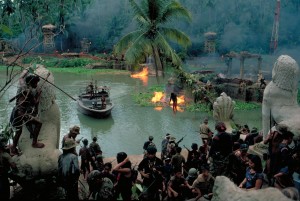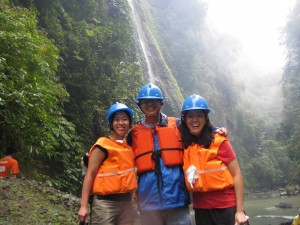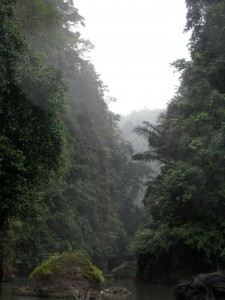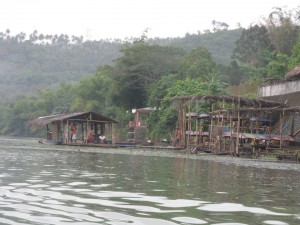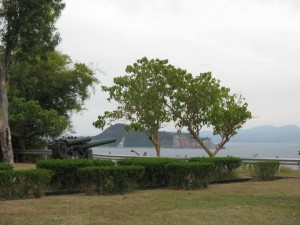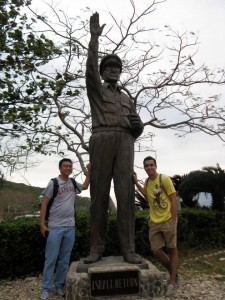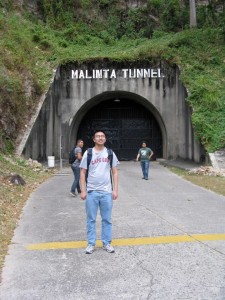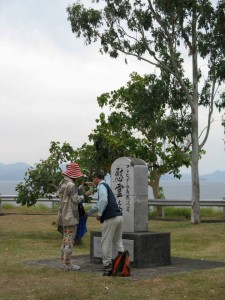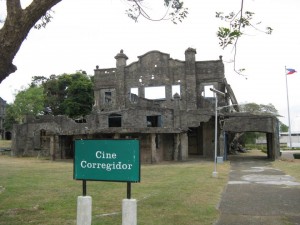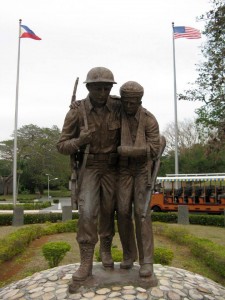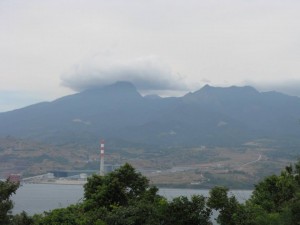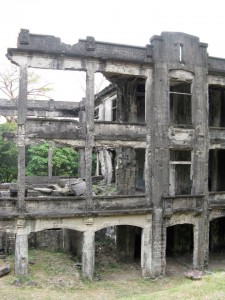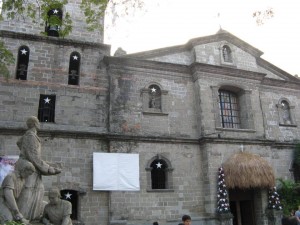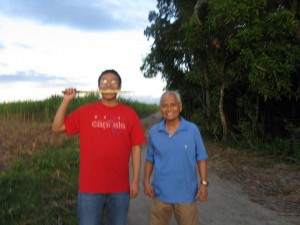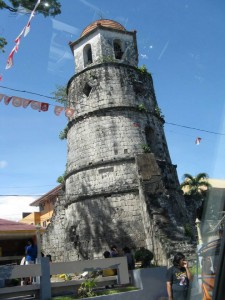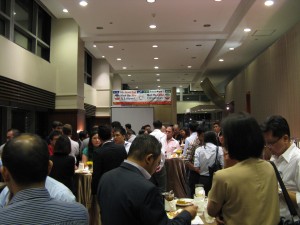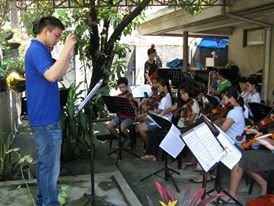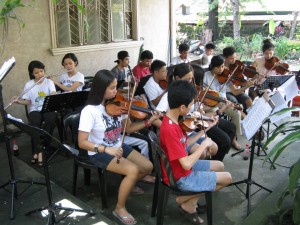After my mini-vacation in Pagsanjan Falls, I made a day trip to the northern city of Baguio, capital city of Benguet in the Cordillera mountain region. Situated in the Philippines’ northern region of Luzon, this city boasts foreign qualities to the tropical nation. With it’s vegetation, mountainous terrain, and lower temperatures; this city confused me for Westchester County, NY, western Pennsylvania, or even one of the Dakotas. Even more distressing was being able to purchase fresh broccoli and strawberry jam from food stores along the road, produce which would be impossible to grow in the tropical parts of the Philippines. It was my slice of America 8000 miles away from home in the middle of the Pacific Ocean.
Baguio served as a source of pride during the American colonial period. It was known as one of the main tourist cities from 1898-1946. In fact, many of the attractions of the American period still remain. Baguio is home to a famous golf course and cowboy horseback riding grounds straight out of the rodeos in Texas.
Despite its (comparatively) recent history, I went to Baguio for something ancient, something prehistoric: the music of the Cordilleras people in the region. These indigenous people have lived in the Philippines prior to the Spanish colonization and the Muslim and Chinese encounters even prior. This trip to Baguio was my first official “field work.”
I spent my time in Baguio interviewing Cordilleras musician, pedagogue, and instrument maker, Beni Sokkong. We discussed and played several Cordilleras instruments; my personal favorite was the nose flute. The nose flute is a fun native instrument as its language is built on improvisation. Rather than fixed sheet music, the instrumentalist requires only an improvisational mental vocabulary to play it. Furthermore, it is also an instrument for leisure. Many Cordilleras musicians will play it for mundane occasions or just relaxation.
What I found most thought provoking about this trip was Mr. Sokkong’s description of Cordilleras music as a link to understanding its people. He discussed how their music achieves a high level of complexity through simplicity. Cordilleras music is built on highly stratified, interlocking melodies. Melodies create “clouds” of sound in order to make a metaphysical, sonic environment. Cordilleras music exhibits this trait in just about any of their musical practices and for centuries has been a common trait in musical rituals from taking meals to talking to God. It is through this that the Cordilleras eat, sleep, and breathe; it is their central musical identity but also an extension of their cosmological belief system. Cordilleras music puts you in an environment and lets you walk in it. The environmental music aspect of Cordilleras music is their modus operandi but also a hallmark of cultural identity. It is their Kansas City BBQ sauce, their Maryland Crab Cakes, their New England Clam Chowder. Cordilleras music is an aesthetic that transcends a people; it is a plane through which music is a gateway to the soul of man and his society.


